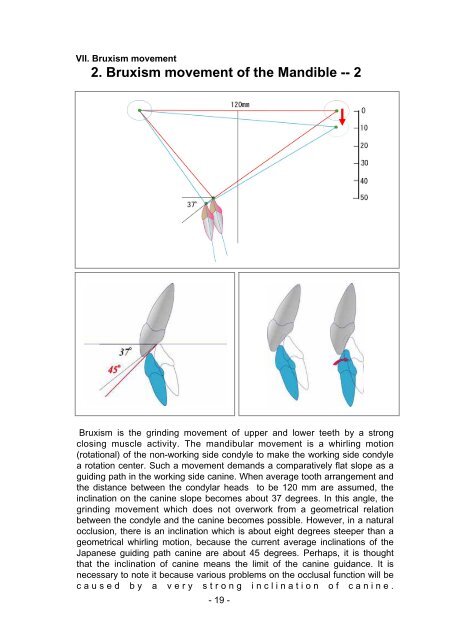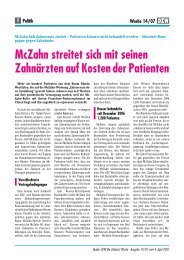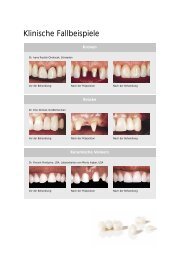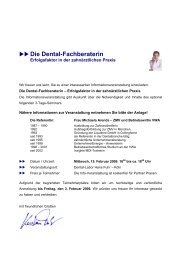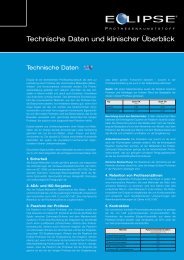Atlas occlusion diagnosis by bruxchecker
Atlas occlusion diagnosis by bruxchecker
Atlas occlusion diagnosis by bruxchecker
You also want an ePaper? Increase the reach of your titles
YUMPU automatically turns print PDFs into web optimized ePapers that Google loves.
VII. Bruxism movement<br />
2. Bruxism movement of the Mandible -- 2<br />
Bruxism is the grinding movement of upper and lower teeth <strong>by</strong> a strong<br />
closing muscle activity. The mandibular movement is a whirling motion<br />
(rotational) of the non-working side condyle to make the working side condyle<br />
a rotation center. Such a movement demands a comparatively flat slope as a<br />
guiding path in the working side canine. When average tooth arrangement and<br />
the distance between the condylar heads to be 120 mm are assumed, the<br />
inclination on the canine slope becomes about 37 degrees. In this angle, the<br />
grinding movement which does not overwork from a geometrical relation<br />
between the condyle and the canine becomes possible. However, in a natural<br />
<strong>occlusion</strong>, there is an inclination which is about eight degrees steeper than a<br />
geometrical whirling motion, because the current average inclinations of the<br />
Japanese guiding path canine are about 45 degrees. Perhaps, it is thought<br />
that the inclination of canine means the limit of the canine guidance. It is<br />
necessary to note it because various problems on the occlusal function will be<br />
caused <strong>by</strong> a very strong inclination of canine.<br />
- 19 -


